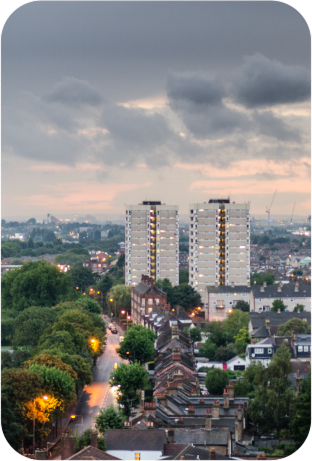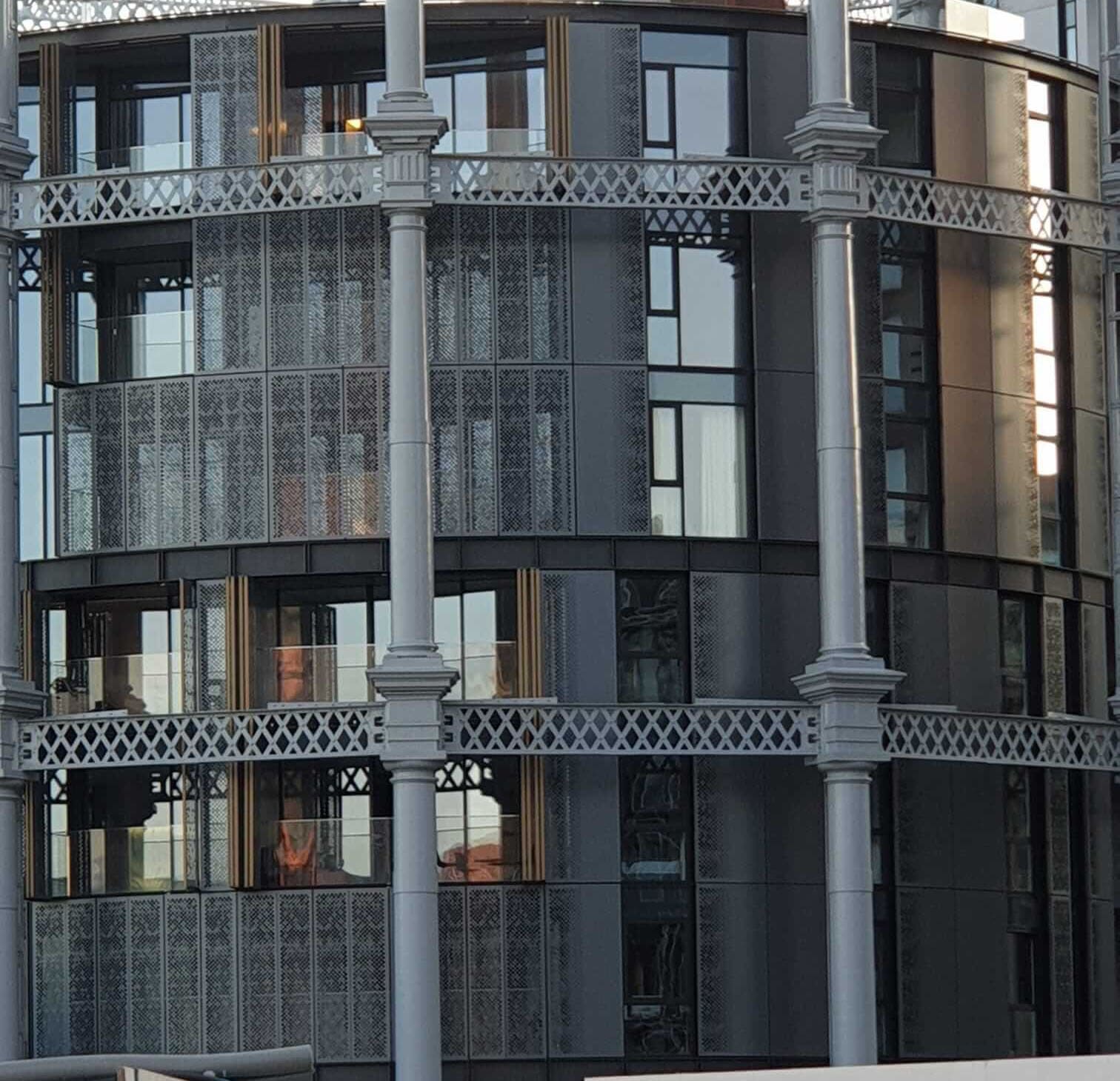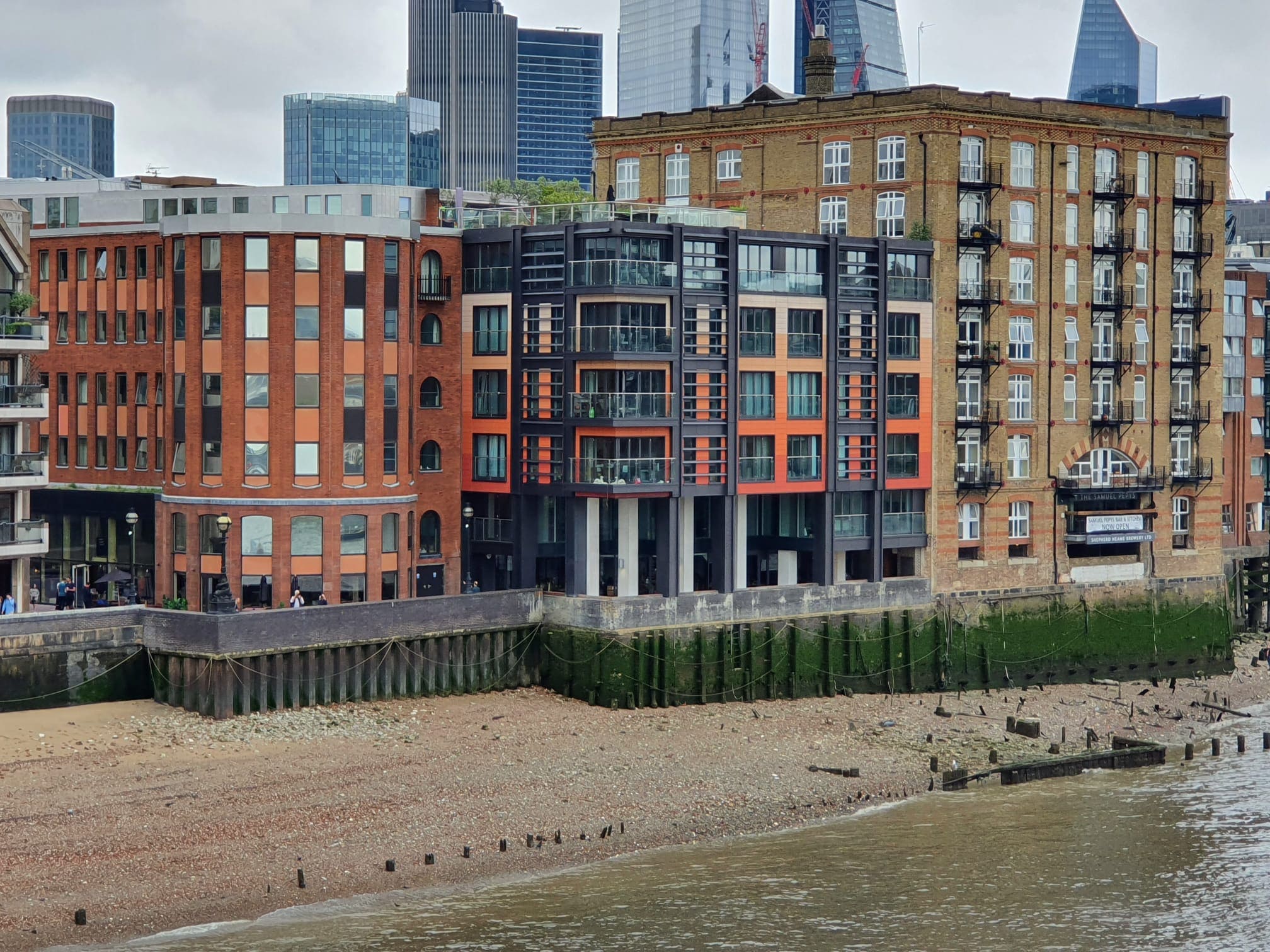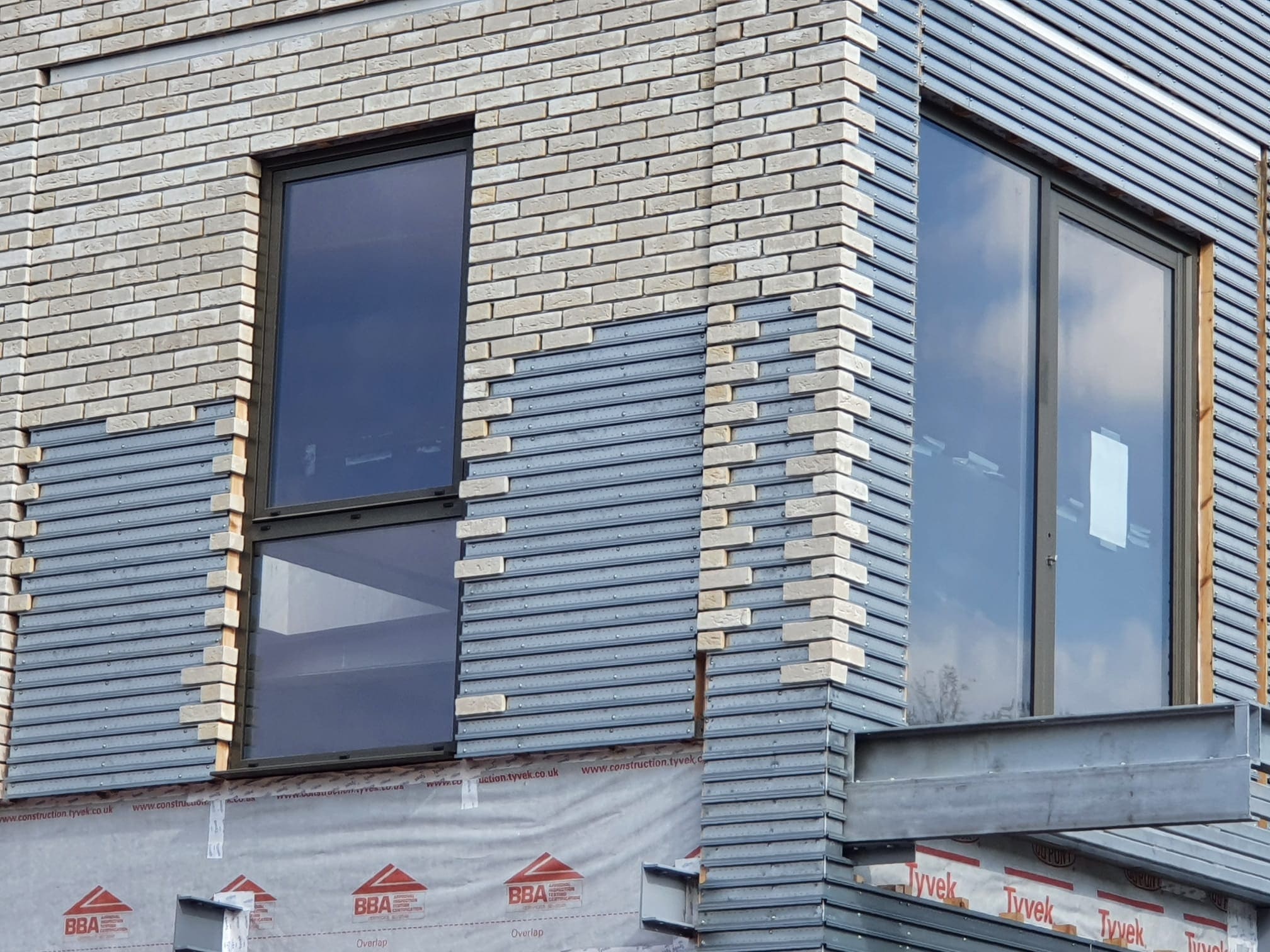 926
926
 0
0
Fire Door Regulations for New and Existing Buildings
Fire door regulations apply to both new and existing buildings throughout the UK and mandate a fire door inspection regime. Third-party certification is necessary to ensure that fire doors perform as intended and comply with legislative standards. Fire door inspection requirements date back to the Regulatory Reform (Fire Safety) Order 2005, also known as the FSO, which applies to existing buildings, excluding domestic properties. However, blocks of flats—due to their communal areas being public—are not excluded.
Responsibilities Under the Fire Safety Act 2021
The Fire Safety Act 2021 emphasises that responsible persons are accountable for fire door inspections of flat entrance doors. In buildings over eleven meters in height, the Fire Safety (England) Regulations 2022 stipulate that the responsible person must make best efforts to conduct checks on fire doors at the entrances of individual domestic premises at least once every twelve months. Additionally, fire door inspections and up to 40 checks on any fire doors in communal areas of the building must be carried out at least every three months, including ensuring the proper functioning of self-closing devices.
Fire Door Regulations in New Buildings
When it comes to fire door regulations in new buildings, the Building Regulations govern them. The approved documents provide compliance guidance. These documents outline the minimum construction standards required in the UK. In the case of new or existing buildings undergoing alterations, extensions, or change of use, the appropriate Building Regulations apply.
Why Fire Doors Are So Important
Fire doors serve functional purposes and are essential in many buildings and structures. When shut, they seal a compartment to stop and slow down smoke from spreading through a building. This is crucial because smoke can be lethal long before the actual fire reaches occupants. There are different types of fire doors, each certified for the number of minutes they will provide protection from a fire. For example, an FD30 provides 30 minutes of protection, whereas an FD60 provides 60 minutes. Fire doors must also adhere to various regulations related to sound, accessibility, ventilation, thermal efficiency, safety glazing, and fire safety.
Key Checks During a Fire Door Inspection
During a fire door inspection, the Fire Door Inspector will run a detailed check on the fire door. Typical checks performed include:
- Presence of a "Third Party Certified Fire Door" label or coding
- Fire Resistance/Fire Rating (e.g., FD30, FD60)
- Condition of the fire door (e.g., cracks, holes, proper adhesion if lipped)
- Condition of fire door frames (firmly attached, no failing seals, cracks, or holes)
- Materials used for the fire door and frame
- Type and condition of smoke seals/intumescent strips (free from damage, paint, or varnish)
- Presence of at least three hinges with secure, undamaged screws
- Compliance and condition of other ironmongery (CE stamp, BSEN 1935 grade 13)
- Functionality of the door closer (proper attachment, no oil leakage)
- Proper closing and sealing of the fire door using its self-closing device
- Compliance of gap sizes (2-4 mm at the top and hinge side, 3-8 mm at the bottom)
- Presence, rating, and condition of glazing in the fire door or frame
Ensuring Compliance and Fire Safety
Fire door inspections are essential for maintaining building safety and compliance with legal standards. Regular checks help ensure that fire doors function correctly in case of an emergency, protecting lives by preventing the spread of smoke and fire. By adhering to inspection requirements and addressing any identified issues promptly, responsible persons can contribute to a safer living and working environment.





Meet our Expert Property Commentators



























